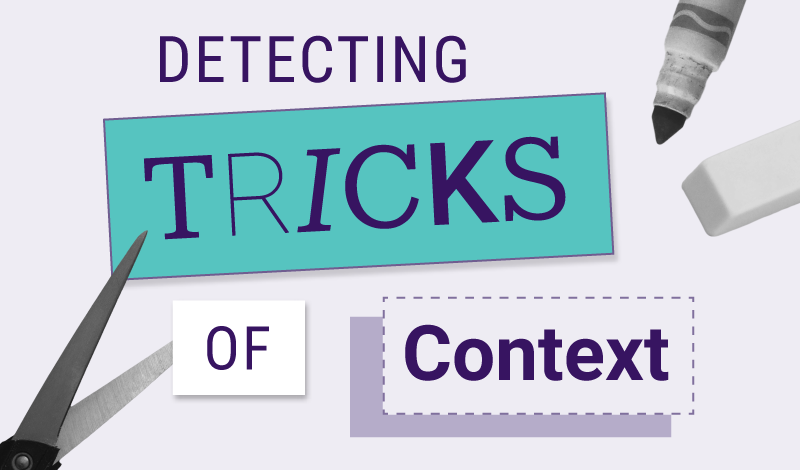
Evaluate credibility using the RumorGuard 5 Factors
Don’t get caught off guard. Recognize misinformation and stop it in its tracks by using RumorGuard’s 5 Factors for
Elections are the lifeblood of democracy, but political campaigns are often rancorous, controversial and polarizing events. As if the misleading claims and attack ads weren’t challenging enough for the public, bad actors further muddy the waters by pushing disinformation into our social media feeds.
These harmful falsehoods are designed to cause confusion and to undermine people’s faith in American democracy. Election disinformation can be tricky, but the same false narratives and claims tend to get recycled, which can make it easier to spot.
This infographic outlines three common types of election disinformation that are likely to circulate on social media during election cycles in the United States. It also includes tools and tips for locating credible information in your state or district.
Being familiar with recurring election disinformation themes can help inoculate you against the allure of new incarnations and iterations that occur regularly. It can also help you more efficiently debunk them and warn your friends and family members not to get taken in.
The three types of election disinformation this infographic focuses on are:
Don’t forget to check out the resources linked throughout the infographic, including ballot trackers, studies of actual fraud (which, again, is extremely rare) and analyses of viral election misinformation.
Don’t get caught off guard. Recognize misinformation and stop it in its tracks by using RumorGuard’s 5 Factors for


This infographic shows how to spot four common tricks of context to avoid being fooled online.


Misinformation is always problematic, but when it appears alongside family updates on social media, it can be especially frustrating.


This week, we talk to Seana Davis, a journalist with the Reuters Fact Check team, about her work monitoring,


Student voices are catalysts for positive change in schools and communities. You can empower them to be well-informed and



